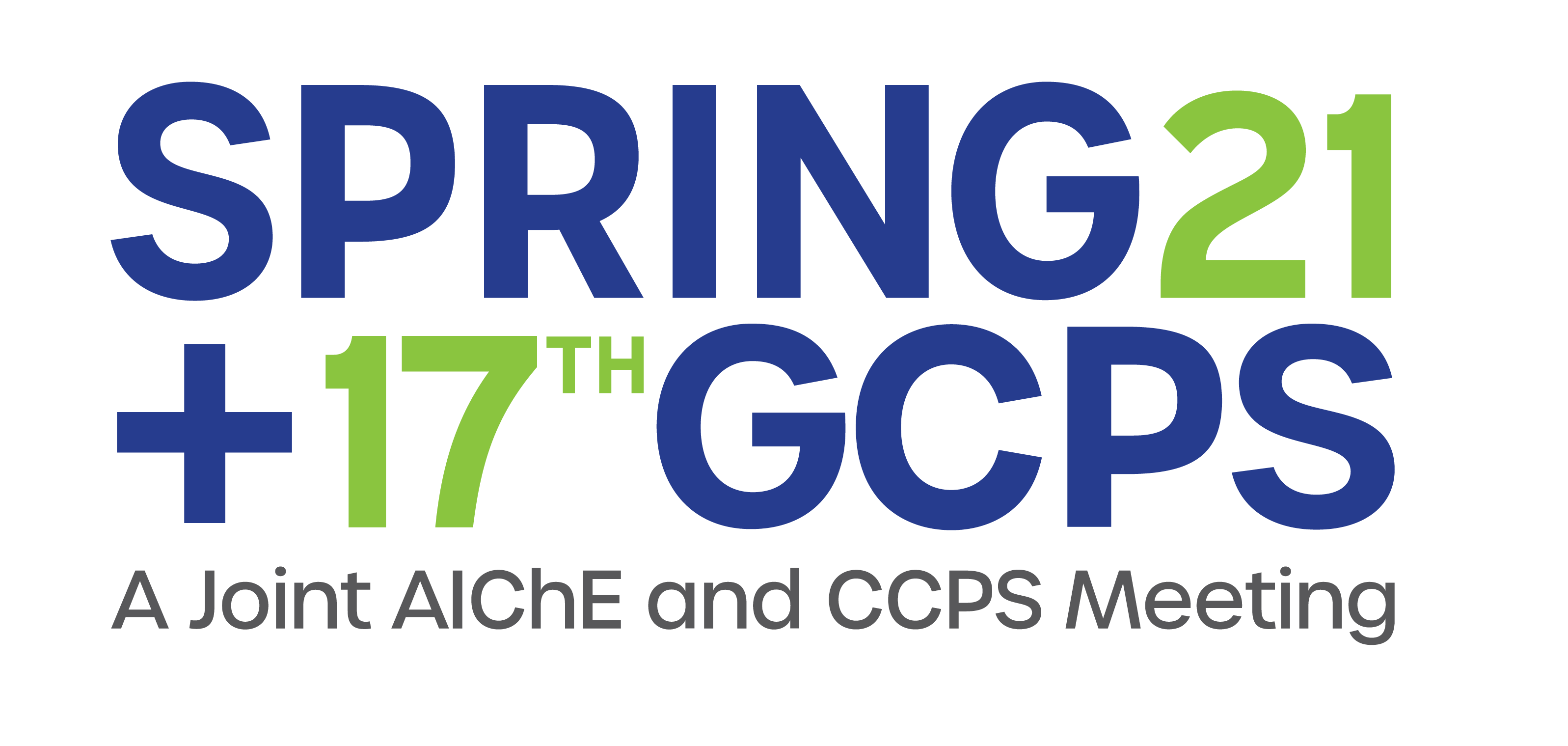

The workflow for a full unit PHA study starts with DOW FETI calculation which is used for risk ranking of al static equipment inside the unit. DOW FETI calculation is done in accordance with the equipment temperature, pressure, hold-up amounts, components and also reaction types if there is any. Then risk assessment process continues with HAZOP studies which is for scenario identification. In HAZOP, first step is chopping the unit into small parts to be evaluated which is called nodes. After that all nodes are evaluated using P&IDs and PFDs by keywords like temperature, pressure, flow, level etc. HAZOP helps to understand what kind of scenarios are possible inside the unit and these critical scenarios are taken through FTA and ETA studies. HAZOP is a semi quantitative risk assessment method where FTA and ETA are quantitative methods. FTA is applied for critical scenarios in order to find out the probability of top event then ETA is then applied in order to find out the probability of scenarios like fire, explosion, toxic dispersion etc. caused by this top event. FTA and ETA analysis all use the statistical PFD and failure rate values of all initiating events and barriers defined in HAZOP for the related scenario.
Scenario Modelling is the following step which is used for understanding the effect of the probable scenario. The most probable scenarios coming from ETA is modelled to see the effect zones. These effect zones are used to plan Emergency Response Studies for all these potential major accidents.
Facility Siting is another check point in a unit PHA study all potential scenario modelling results are used to evaluate the risks for the buildings and also if there are any in the effect zones of fire, explosion or toxic release then there should be actions defined.
